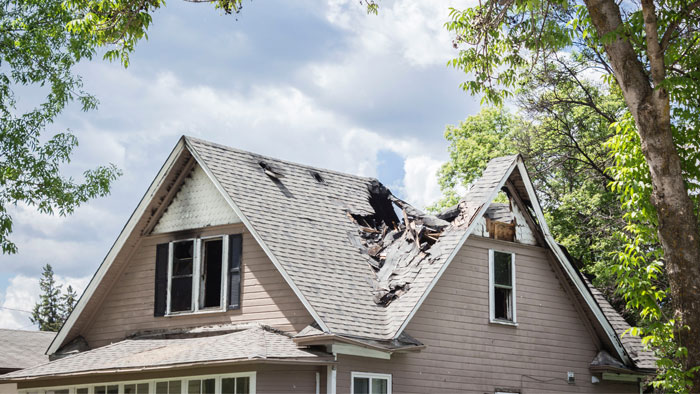By Royal J Spragio
Before Hurricane Katrina, homeowners often employed a strategy of “waiting for the next storm” to get a new roof. We no longer live in that environment.
Over the past 10-15 years, property underwriting for insurance coverage, particularly wind coverage, has taken a drastic turn. Both a roof’s material type and age play a large role in your property insurance rate and coverage, and they will be factored in — accounting for the roof’s durability, integrity and risk exposure to high, sustained wind gusts.
Based on insurance rating, here is a list of the worst- to best-rated material types used on the Gulf Coast:
- Three-tab composite asphalt shingles (worst for insurance rating)
- Architectural asphalt shingles
- Exposed fastener metal
- Standing seam metal
- Slate (best for insurance rating)
A homeowner might exclaim, “But I was told I have a 30-year roof!” Maybe so in certain areas, but not those exposed to Gulf Coast heat and humidity. The average structural age for three-tab composite shingles is about 12-15 years, and 14-18 years for architectural shingles, in Southern coastal areas. Even if your roof performed well during a recent storm like Hurricane Zeta, that high-wind event could be considered as having weakened the roof for future underwriting. Yes, it’s getting that technical.
REPLACEMENT-COST VALUE VERSUS ACTUAL-COST VALUE
Assuming most roofs are covered by shingles, most insurance companies will offer replacement-cost-value coverage (RCV) on shingled roofs that are 15 years old or newer. After 15 years, the coverage typically drops to actual cash value (ACV).
You may ask, “What’s the difference?” RCV will pay for your roof to be fully replaced after a loss, minus your deductible, whereas ACV will account for age and depreciation. RCV versus ACV coverage could equate to a difference of thousands of dollars
Does the age limit extend beyond 15 years for metal and slate roofs? It can, and you should discuss this with your agent.
We are well past the 15-year marker for post- Katrina roofs. If your roof is past its prime, talk to your insurance agent about policy options that provide the coverage you need. As always, having open and honest conversations with your agent annually, regardless of any observable changes, could save you in the long run and enlighten you about your policy’s fine print.
Royal J Spragio is owner, chief financial officer and chief operations officer of Coastal Select Insurance. Reach him at royal@coastalselectins.com.



